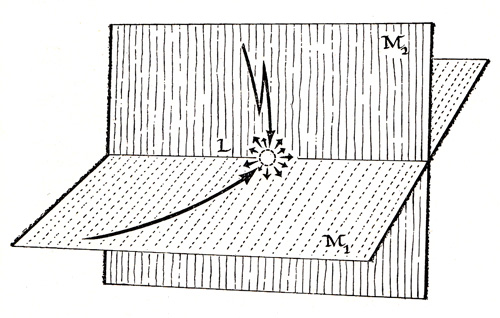(Figure 1) Matrix of components in wireframe
(Figure 2) Rendered view of matrix
(Figure 3) Previous (02/25/14) Combination of components
(Figure 4) Simplified Actions
(Figure 5) Combination of components
Each component to the object is given a distinct color: green = top surface of hubcap, blue = face abutting the spoke, red = opposite side of spoke, magenta = outer rim. I mainly used control points and filleted curves to attain the desired surfaces. At first, I took inspiration and concepts from the discontinuity of arcsec functions, but later expounded to a more subjective approach. I began to explore how the curves would meet and bleed into one another.
(03/04/14) I revisited each part of the matrix and delved into how I could further the notion of wrapping space instead of surface. The most significant changes occurred with the blue and augmented pink components as I simplified my maneuvers (Figure 4). The culmination is shown in Figure 4.














